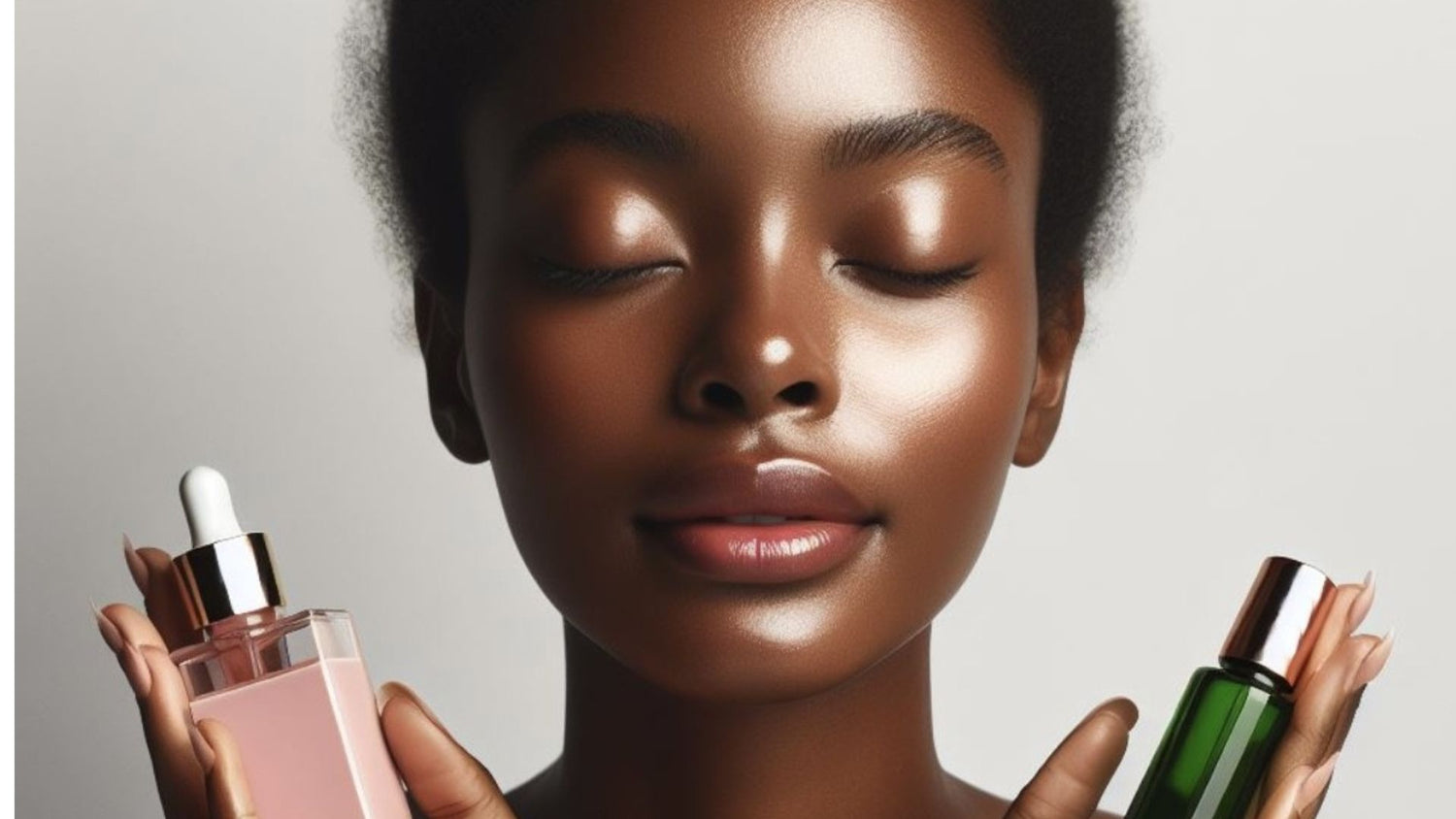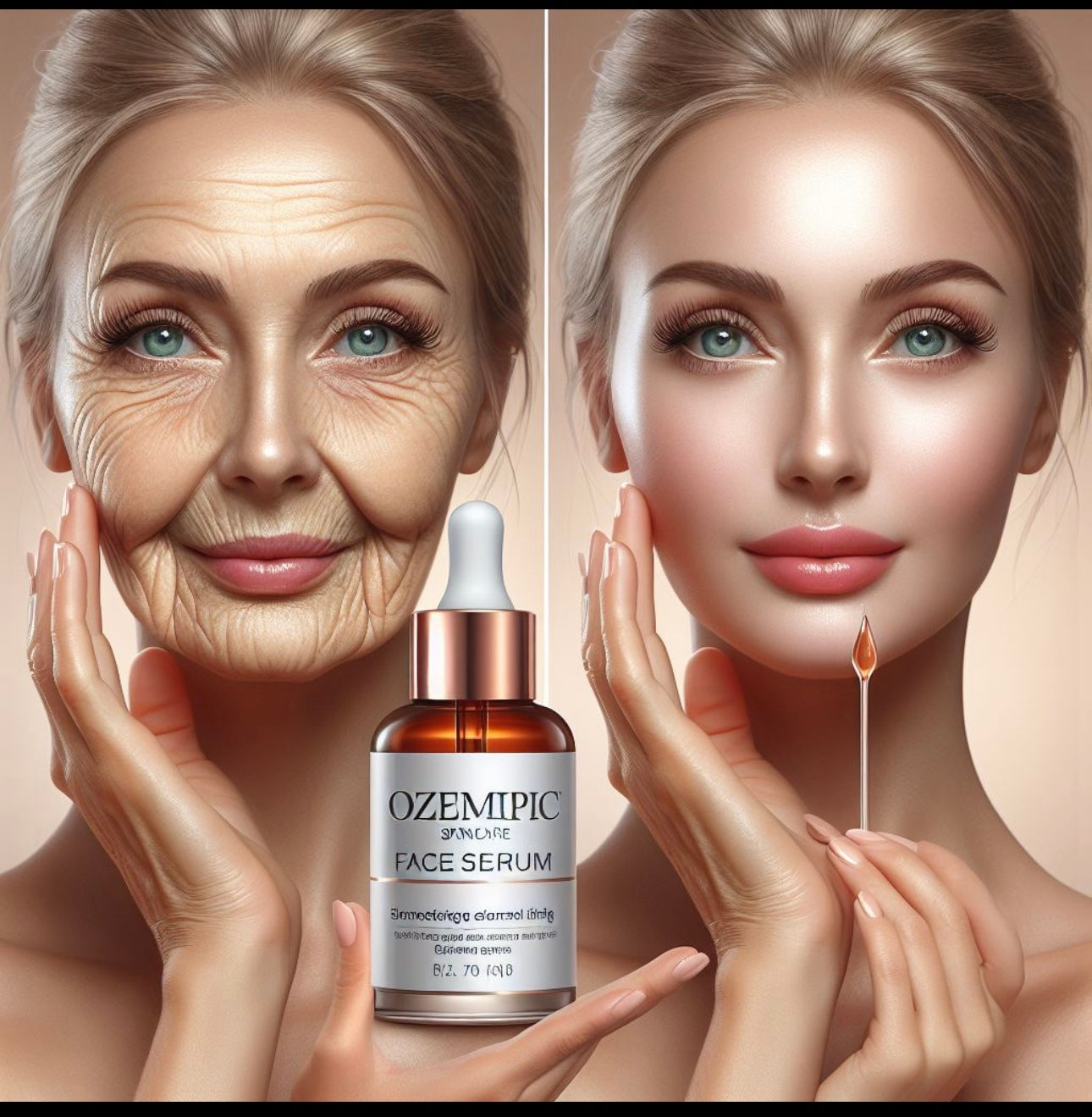Dr. Channing Barnett is a board certified Manhattan dermatologist who empathizes with her female patients who feel they are doing everything ‘right’ and still are unsatisfied with the appearance of their skin. What’s more, she often sees patients who feel they are doomed to bad skin based on myths that “you get the genes your parents have.” She seeks to set the record straight on what really does sabotage the skin and dispels the most common myths mothers or the media have passed on to their daughters.
Here are some of her top skincare myths:
Myth #1: Your skin will age just like your mom’s.
The reality: Sure, genetics play a role in how your skin looks, from the size of your pores to its texture and color. But banking on aging like your mom or grandmother is a big mistake. Habits make more of a difference than genetics. The biggest culprit in aging is sun exposure, and your drinking, smoking, stress, and sleep habits play a role, too. Skipping sunscreen, imbibing too often, coping ineffectively with stress, and sleeping on your side or stomach can all exacerbate and create wrinkles, adult acne, and texture changes.
Myth #2: The SPF number tells you how much protection you’re getting from the sun.
The reality: There are two types of damaging sun rays: UVA, which are responsible for aging the skin; and UVB, which are responsible for burning it. The SPF number on a bottle of sunscreen only gives a guide for how much UVB protection the product offers. It doesn’t tell you whether or not the product protects from UVA rays (which are also responsible for melanoma). All sunscreens protect from UVB rays. To fully protect yourself, however, look for a product that contains UVA-blocking ingredients, too, such as zinc or avobenzone (Parsol 1789), and reapply often.
Myth #3: You need a separate sunscreen and moisturizer
The reality: Sunscreens already add moisture to your skin because of their ingredients. So if you have oily skin, you may want to skip the separate moisturizer. For those who prefer to wear both products, apply the moisturizer first; allow to dry, then apply the sunscreen. Either way, be sure to wear sunscreen daily: Every day is sun day, even if it’s cloudy or overcast.
Myth #4: Most of the sun damage you incur happens before age 18
The reality: Recent studies have shown that by age 18, you’ve only accumulated 18 to 23 percent of the sun damage you’ll incur over a lifetime. That means that there’s still time to protect your skin from the sun and put off sun-induced aging. Do this by using sunscreen and products with sun-damage reversing ingredients such as vitamin C and retinol.
Myth #5: Cosmetic creams can turn back time for your skin
The reality: There’s no such thing as a miracle in a bottle. As you age, your facial bones shrink, you lose fat under the skin, and your skin begins to become loose. Rubbing on a cream isn’t going to address these things. What’s more, cosmetic skincare products cannot, by FDA law, include medications, which are the only things that truly change the structure of the skin. What cosmetic creams can do: Temporarily plump up and hydrate your skin. For the best chance at turning back time, see your dermatologist for medications or procedures.
For giveaways and contests, sign up for our newsletter HERE.
If you like this post, share it with your friends and give it a LIKE on Facebook.





